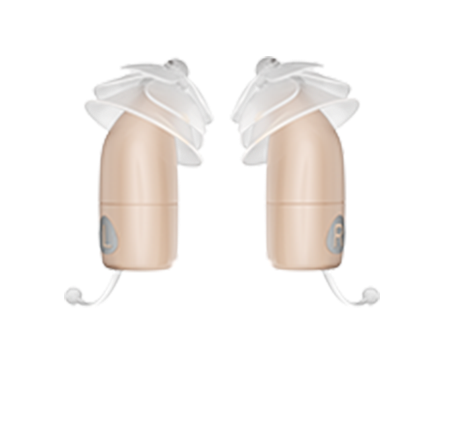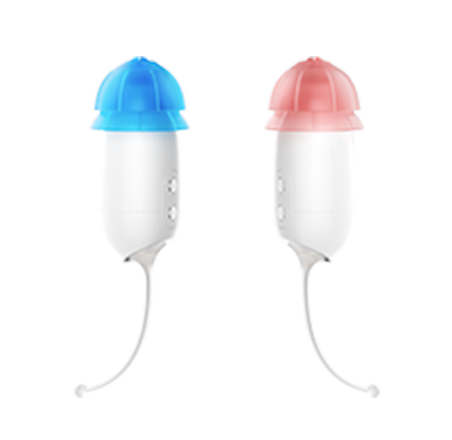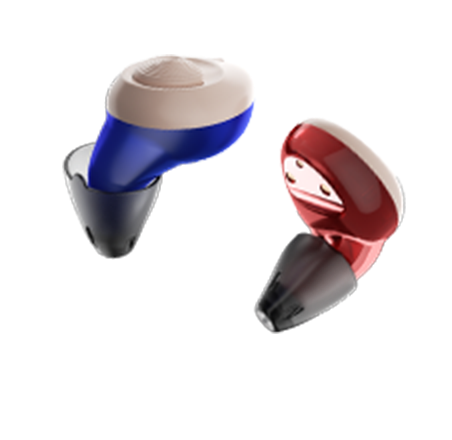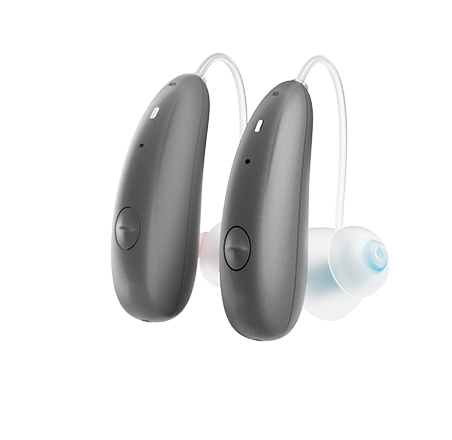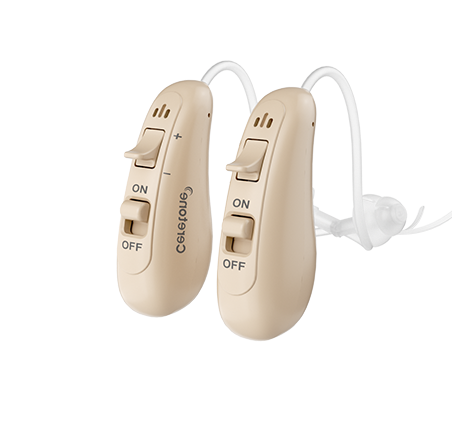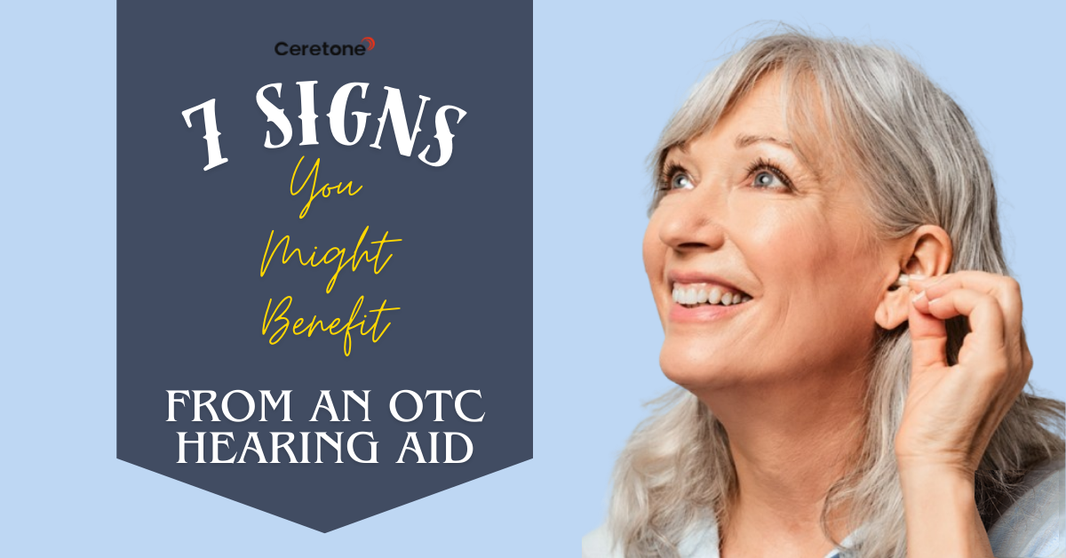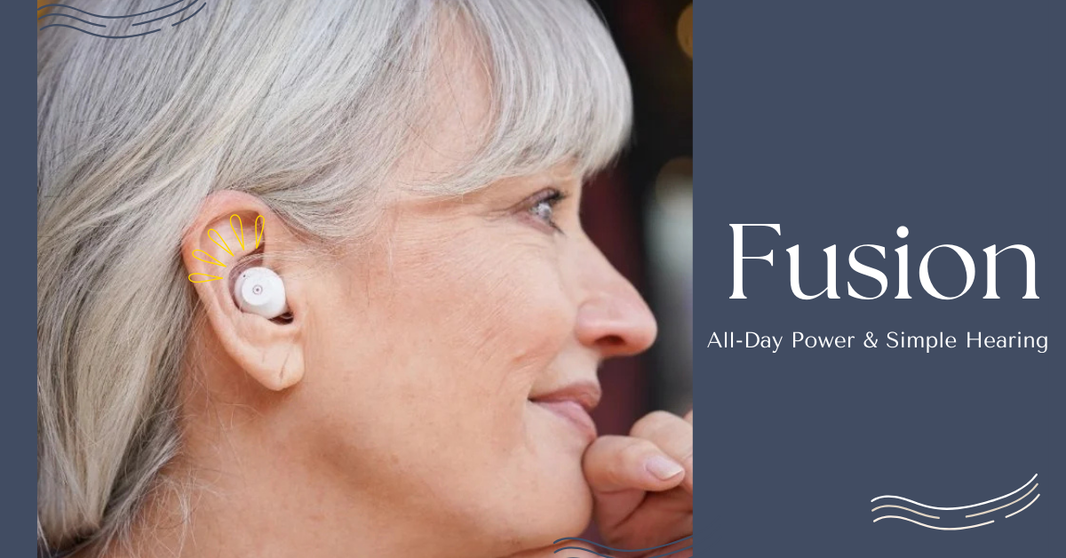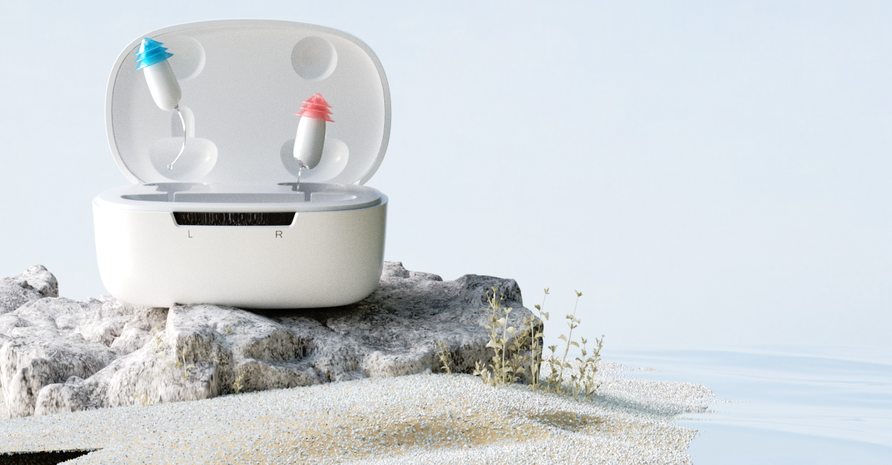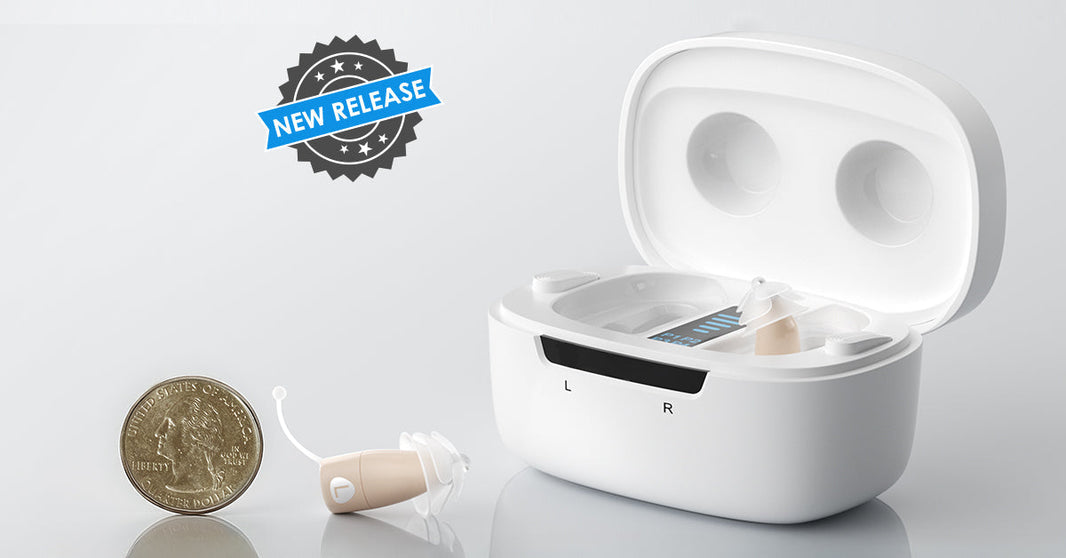
Benefits Of Open Fit Hearing Aids: Live Life To The Fullest

Open-fit hearing aids can be fitted in behind the ear (BTE) or receiver in canal (RIC) styles. In years gone by, hearing aid wearers have experienced problems with closed-fit designs. The most common criticism is the boomy or hollow sound they create because they keep all the sound inside the ear canal.
Open-fit designs address this problem by letting some of the sounds out - hence the name "open fit". They also make wearing a hearing aid more comfortable because they allow ventilation and do not plug the ear canal up.
Content Table:
- What Is an Open-fit Hearing Aid?
- What Do Open-Fit Hearing Aids Look Like?
- Pros And Cons Of Open Fit Hearing Aids
- Open Fit Vs Closed Fit Hearing Aids: What Are The Differences?
- How To Insert Open-Fit Hearing Aids
- Open Fit Hearing Aid Brands
- Best Open Fit Hearing Aids On The Market
- How Much Do Open Fit Hearing Aids Cost
- Conclusion
What Is an Open-fit Hearing Aid?
Open-fit hearing aids are fashionable hearing aids that uses a thin tube or wire to deliver sound into the ear canal. They fit into your ear canal, but they keep the canal open. This is a major step in improving sound quality. Before open-fit hearing aids were invented, wearers of hearing aids complained that their voices would sound too low or have a hollow quality. Technically, this is called the occlusion effect.
Uncomfortable hearing aids and those that create sound distortions or make the user's voice sound different can lead to people not wearing them. Of course, this compromises your quality of life. An open-fit hearing aid allows you to experience clear sound and comfort.
The "open" part of open hearing aids refers to the fact that the earpiece does not fit tightly inside your ear. Compared to older BTE or RIC hearing aids, modern open-fit designs are more comfortable. They are also smaller and lighter in weight.
Open-fit hearing aids allow some of the low-frequency sounds to escape. Because of this, the person wearing the hearing aid does not experience the occlusion effect. As a result, you can experience clearer, crisper sounds if you use an open-fit hearing aid for mild to moderate hearing loss.
What Do Open-Fit Hearing Aids Look Like?

An open-fit hearing aid consists of three components that work together: microphone, amplifier, and speaker. First, a microphone picks up sound. The microphone then converts the sound into electrical signals, which are amplified. The amplifier feeds the sound into the receiver.
Open-fit hearing aids combat the occlusion effect by keeping the ear canal open. Thus, the low frequencies are not amplified, and there is less feedback or interference. The result is a more natural sound.
Open hearing aids are fitted with open dome tips. Different brands have slightly different appearances, but you can expect open dome tips to have vents or holes. While open dome tips are not custom molded to your ear shape, they come in different sizes. Some people find it more comfortable to use a different size in each ear.
Pros And Cons Of Open Fit Hearing Aids
Pros of an open-fit hearing aid
Open-fit designs have changed the way people think about hearing aids. Today's open-fit devices offer so many advantages:
- Elegant design: Open-fit hearing aids are discreet devices so you can enjoy a better esthetic
- Comfort: The ear canal stays open, which makes it more comfortable to wear for extended periods
- Precise sound quality: With an open-fit hearing aid, the wearer's voice does not sound like they are in a tunnel
- Time and convenience: You can use an open-fit hearing aid immediately. You don't have to wait for custom molding; you can use the dome tips straight away
- There is no feedback when you use a phone while wearing your hearing aid. If you choose Beacon, you can connect it to your phone too.
Cons of an open-fit hearing aid
- Background noise reduction: Because the focus of the hearing aid is to minimize the occlusion effect, it may be less effective at background noise management
- Low levels of amplification: Open-fit hearing aids work best for people with mild to moderate hearing loss. So they may not work if you have flat hearing loss, steep sloping hearing loss, or a level of loss that is more than mild.
Open Fit Vs Closed Fit Hearing Aids: What Are The Differences?
Open-fit hearing aids

Closed fit hearing aids
|
|
Open fit |
Closed fit |
|
Fit |
Open fit hearing aids have a looser fit in the ear canal and allow for natural ventilation |
Closed fit hearing aids fit snugly into the ear canal |
|
Level of hearing loss |
Best for mild to moderate hearing loss |
Best for moderate to severe hearing loss |
|
Comfort level |
More comfortable than closed fit |
For maximum comfort, custom molds are recommended but these are more expensive |
How To Insert Open-Fit Hearing Aids

You must insert and wear your open-fit hearing aid correctly for the best sound and comfort level. The first few times you insert your open-fit hearing aid, it's a good idea to stand in front of the mirror. Be patient with yourself; it will take a little time to get used to the process.
When you use Beacon hearing aids for the first time, make sure your battery is fully charged before inserting them.
Step 1: Put the correct hearing aid in the correct ear
Make sure you insert the right hearing into the right ear. Each hearing aid is labeled 'left' or 'right' and color-coded to help you out.
Step 2: Position the hearing aid
Place your hearing aid behind your ear and gently insert the receiver or tip into your ear canal. If it is your first time wearing a hearing aid, it might take some time to get used to the sensation.
Step 3: Switch it on
Switch your hearing aid on. Test it by gently rubbing or scratching the top of the hearing aid. Make adjustments to your audio until you experience clear sound.
Watch this video for more help with inserting your Beacon hearing aid.
Open Fit Hearing Aid Brands
Prescription hearing aid brands have been in the market for longer and might be more recognizable to you. Siemens hearing aids are now available under the Signia brand. Phonak open-fit hearing aids and Starkey open-fit hearing aids also have good reputations but are more expensive because they are prescription.
Ceretone has made hearing aids more affordable through over-the-counter devices. You can achieve clear sound and experience higher levels of comfort with OTC open-fit hearing aids like Beacon.
Best Open Fit Hearing Aids On The Market
If you're curious about which open-fit hearing aids to try, check out our top picks for crystal-clear sound.
Beacon offers a more technologically advanced, open-fit hearing aid and utilizes Bluetooth for customization. The Bluetooth App enables you to adjust frequencies and volume levels and experience perfect audio quality.
Why We Chose It
The open dome tips reduce sound distortions and background noises.
Beacon offers you four different preset modes to work with so you can adjust your sound to your environment. It also features feedback cancellation and noise reduction technology, everything you would expect from an open-fit hearing aid.
Not only does Bluetooth connection give you the ability to self-fit your hearing aid, but it also offers other benefits. You can also stream music and calls, as well as connect to your TV audio for optimal entertainment experiences.
|
Product |
Ceretone Beacon |
|
Image |
|
|
Type |
Receiver-in-canal (RIC) |
|
Price |
$599 |
|
Rechargeable |
Yes |
|
Self-Fitting |
Yes |
|
Bluetooth Enabled |
Yes |
|
Streaming Capabilities |
Hands-free calls and music |
|
Noise Reduction |
High-quality noise reduction |
|
Feedback Cancellation |
Yes |
|
Device Compatibility |
IOS & Android |
|
App Support |
Yes, Ceretone app |
|
Return |
60-day refund policy |
|
Waterproof |
IP65 Waterproof |
|
Time to full charge |
2 hours |
|
Battery life |
15 hours per Charge |
|
Waterproof |
IP65 |
|
Rechargeable |
Yes, 60 hours with charging case |
|
Customizable modes |
4 |
|
Weight |
< 0.1 oz per ear |
|
Customer Service |
Lifetime |
How Much Do Open Fit Hearing Aids Cost
Prescription hearing aids can cost thousands of dollars. An open-fit, over-the-counter hearing aid is more cost-effective if your hearing loss is mild to moderate. If you try an entry-level OTC hearing aid like Nexus, you can enjoy a 35% saving and only pay $129.
For a more advanced hearing device with Bluetooth, you can pick up a set of Beacon open-fit hearing aids for only $599. This price includes a 40% saving off the recommended retail price.
If you are not completely satisfied with Ceretone hearing aids, you will get 100% of your money back. Both products are available on a 60-day, risk-free warranty, giving you peace of mind in your purchase.
Conclusion
If you have experienced the sub-optimal sound or discomfort of closed hearing aids, an open-fit design could work for you. Say goodbye to the occlusion effect and experience crisp, clear audio in any environment. Take advantage of the accessibility of open-fit hearing aids over prescription devices - and experience the world in perfect audio.
